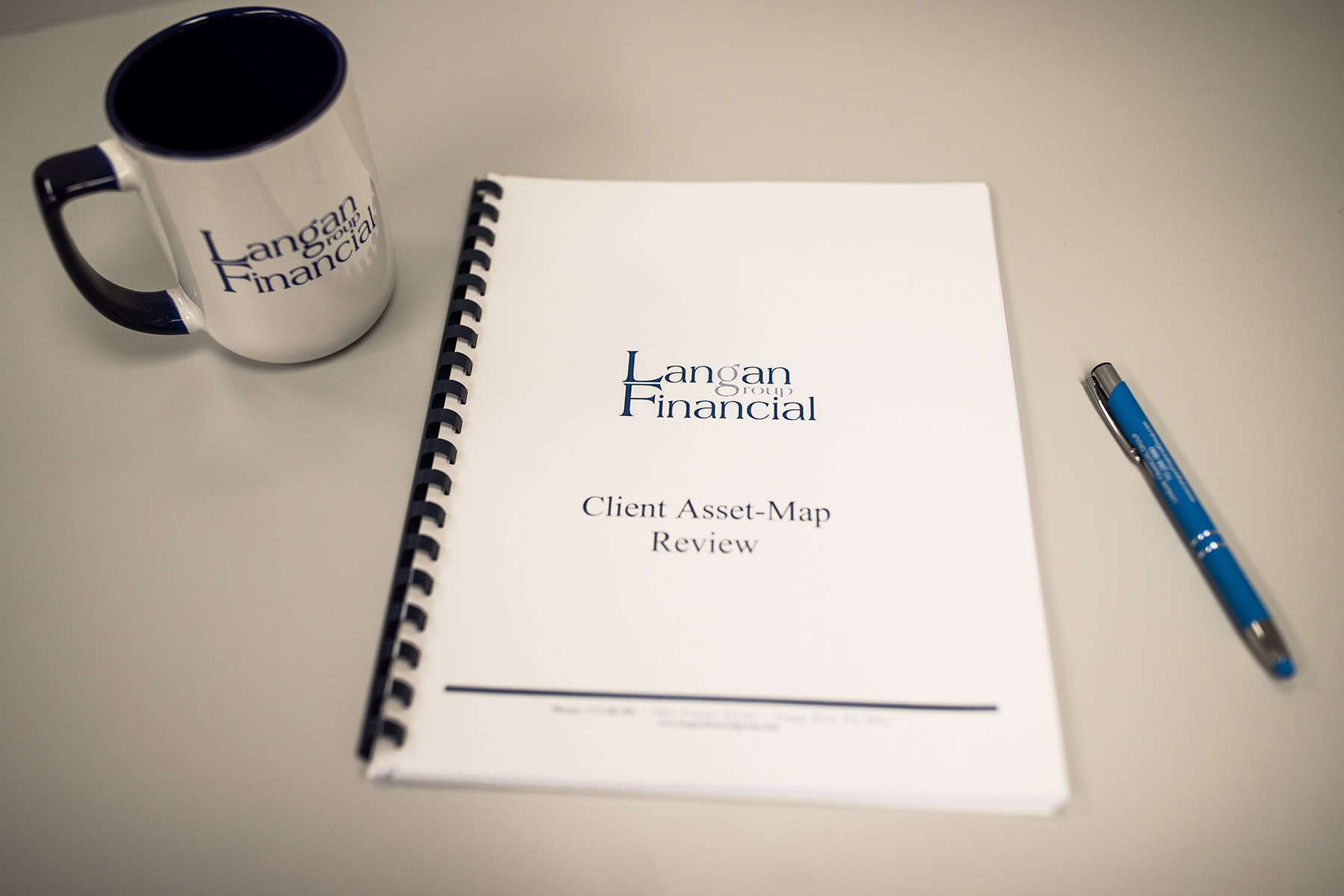
The Math Behind the Advantage
For high earners in the 35-37% tax brackets, pre-tax contributions act as powerful accelerators of wealth accumulation. When you contribute $23,000 to a pre-tax 401(k), you immediately save $8,050 in taxes. This immediate tax relief isn’t just about saving money today-it’s about having more capital working for you over decades. Research from Bernstein highlights that this tax deferral can create a 17% wealth advantage over Roth accounts when withdrawals are taxed at a lower rate, such as 24%.
The key to this advantage lies in what financial planners call marginal rate arbitrage. Essentially, pre-tax contributions reduce your taxable income at your highest marginal tax rate-often 35% or more-while future withdrawals are taxed at your effective tax rate in retirement, which tends to be lower due to deductions, credits, and a different income mix. Michael Kitces, a leading financial planner and researcher, has demonstrated through detailed modeling that this strategy often outperforms Roth contributions, even if tax rates rise moderately in the future.
Pre-Tax vs. Roth: What the Numbers Say
To illustrate, consider a hypothetical investor contributing $23,000 annually for 30 years, earning 7% annually. If taxed at 24% upon withdrawal, the pre-tax account grows to about $2.1 million, resulting in $1.6 million after taxes. The Roth, growing tax-free, reaches $1.4 million. But because of the upfront tax savings reinvested in the pre-tax scenario, total wealth can exceed $2.3 million. This difference underscores how immediate tax savings, when reinvested, can compound significantly over time.
| Scenario | Pre-Tax Outcome | Roth Outcome |
| $23k Annual Contribution (35% bracket, 7% returns) | $2.1M at 65, taxed at 24% = $1.6M after-tax | $1.4M tax-free = $1.4M after-tax |
| $8k Tax Savings Reinvested | Additional $700k growth = $2.3M total wealth | N/A |
| Assumes 30 year growth, 24% retirement tax rate |
The Roth Conversion Loophole: Timing Is Everything
One of the most compelling advantages of pre-tax accounts is their flexibility through Roth conversions during low-income years. Imagine a couple retiring at 65 with minimal taxable income before Social Security and Required Minimum Distributions (RMDs) kick in. They could convert $100,000 annually from their pre-tax accounts to Roth IRAs at a tax rate between 12% and 24%, rather than paying 35% or more during their peak earning years. Over a decade, this approach could save them upwards of $165,000 in taxes-money that could cover two years of retirement expenses.
This strategy exploits tax bracket gaps that Roth-only savers cannot access, effectively turning pre-tax accounts into a tax reservoir that can be tapped strategically. It’s a nuanced approach that requires careful planning but can yield substantial lifetime tax savings.
Debunking the RMD Fear Factor
Many investors worry that RMDs will push them into higher tax brackets, but the reality is often less severe. Because of the progressive nature of the U.S. tax code, the first portion of taxable income is taxed at just 10%, with higher brackets phased in gradually. For example, a married couple taking $150,000 in RMDs and applying $30,000 in deductions might face an effective federal tax rate of around 16%-less than half their peak working years’ rate.
Moreover, Roth accounts do avoid RMDs, but this benefit comes at the cost of losing the ability to control taxable income strategically. By contrast, pre-tax accounts allow retirees to manage their tax brackets through timing withdrawals and conversions, providing greater flexibility.

Legislative and State Tax Considerations
Looking ahead, the expiration of the Tax Cuts and Jobs Act (TCJA) in 2025 will likely push the top federal tax rate back up to 39.6%, increasing the value of pre-tax contributions for high earners. Additionally, geographic arbitrage can amplify these savings. For instance, a New York City resident paying combined federal and state taxes of approximately 45.8% could contribute pre-tax and later withdraw funds in a no-income-tax state like Florida, where the effective tax rate might drop to around 28%.
Behavioral finance research from Vanguard also suggests that the immediate gratification of tax savings from pre-tax contributions encourages higher savings rates, a critical factor in building wealth over time.
When Roth Contributions Still Make Sense
While pre-tax contributions often hold the advantage, Roth accounts have their place. Early-career individuals in lower tax brackets (12-24%) benefit from locking in today’s low rates. Roth IRAs are also favored for legacy planning, as heirs inherit these accounts tax-free. Additionally, Roth withdrawals do not count toward Medicare Income-Related Monthly Adjustment Amount (IRMAA) calculations, potentially reducing healthcare premiums in retirement.
| Situation | Why Roth Wins |
| Early Career (12-24% brackets) | Lock in low tax rates before income rises |
| Legacy Planning | Tax-free inheritance for beneficiaries |
| Healthcare Cost Management | Avoids increasing Medicare premiums |
Actionable Steps for Maximizing Pre-Tax Benefits
To capitalize on the advantages of pre-tax accounts, high earners should:
- Stress-test scenarios using projections that incorporate potential tax law changes, state tax variations, and market volatility.
- Plan laddered Roth conversions during retirement to fill lower tax brackets gradually, minimizing tax impact.
- Coordinate conversions with IRMAA thresholds to avoid costly Medicare surcharges, keeping Modified Adjusted Gross Income (MAGI) under $206,000 for married couples.
- Consider relocating to states with favorable tax environments before executing large conversions.
The Power of Optionality
Pre-tax accounts grant investors a unique form of tax flexibility that Roth accounts do not: the ability to choose when and how much income to recognize. This optionality allows for strategic conversions during market downturns, charitable giving via Qualified Charitable Distributions (QCDs), and other tax-efficient maneuvers. Pairing pre-tax contributions with taxable brokerage accounts also provides liquidity to fund early conversions without penalties.
Flexibility Over Dogma: The Smart Path for High Earners
While Roth accounts have gained popularity, especially among younger investors, pre-tax strategies remain the gold standard for high earners seeking to maximize lifetime wealth. By making full use of pre-tax contributions during peak earning years and converting strategically in retirement, investors can lock in lower lifetime tax rates-even in the face of rising tax environments.
Ultimately, flexibility-not rigid adherence to one account type-will determine financial success. Personalized planning, informed by detailed modeling and professional advice, can make the difference of hundreds of thousands of dollars over a lifetime.
About the Financial Planning Author

Alexander Langan, J.D, CFBS, serves as the Chief Investment Officer at Langan Financial Group. In this role, he manages investment portfolios, acts as a fiduciary for group retirement plans, and consults with clients regarding their financial goals, risk tolerance, and asset allocation.
With a focus on ERISA Law, Alex graduated cum laude from Widener Commonwealth Law School. He then clerked for the Supreme Court of Pennsylvania and worked in the Legal Office of the Pennsylvania Office of the Budget, where he assisted in directing and advising policy determinations on state and federal tax, administrative law, and contractual issues.
Alex is also passionate about giving back to the community, and has participated in The Foundation of Enhancing Communities’ Emerging Philanthropist Program, volunteers at his church, and serves as a board member of Samara: The Center of Individual & Family Growth. Outside of work and volunteering, Alex enjoys his time with his wife Sarah, and their three children, Rory, Patrick, and Ava.
About Langan Financial Group: Financial Advisors
Langan Financial Group is an award-winning financial planning firm with offices in York, Pennsylvania and Harrisburg, Pa.
With over 100+ 5-star reviews, Langan Financial Group is an independent financial planning firm established in 1985, offering a broad range of financial planning services.
With an open architecture platform, our advisors have access to a diverse range of products, free from any sales quotas.
Our team of 9 financial experts, each with unique specialties, enhances our ability to focus on delivering value to our clients.
Disclosure
The content is developed from sources believed to be providing accurate information. The information in this material is not intended as tax or legal advice.
Please consult legal or tax professionals for specific information regarding your individual situation.
The opinions expressed and material provided are for general information, and should not be considered a solicitation for the purchase or sale of any security.
Securities offered through Cambridge Investment Research, Inc., a Broker/Dealer, Member FINRA/SIPC.
Investment Advisor Representative, Cambridge Investment Research Advisors, Inc. a Registered Investment Advisor. Cambridge and Langan Financial Group, LLC are not affiliated.
Cambridge does not offer tax or legal advice.



